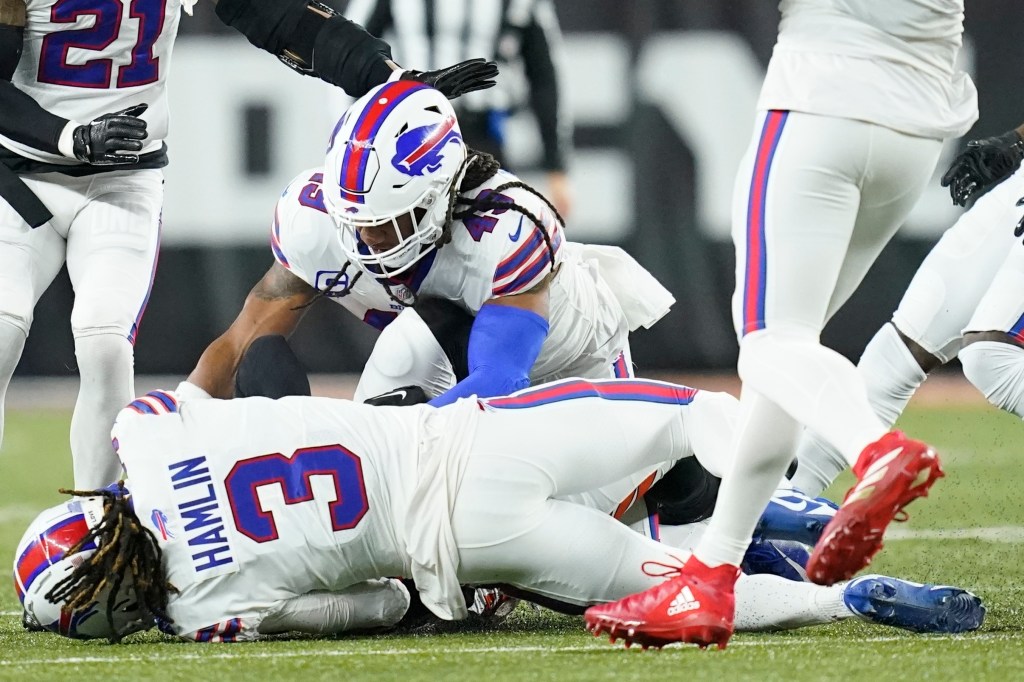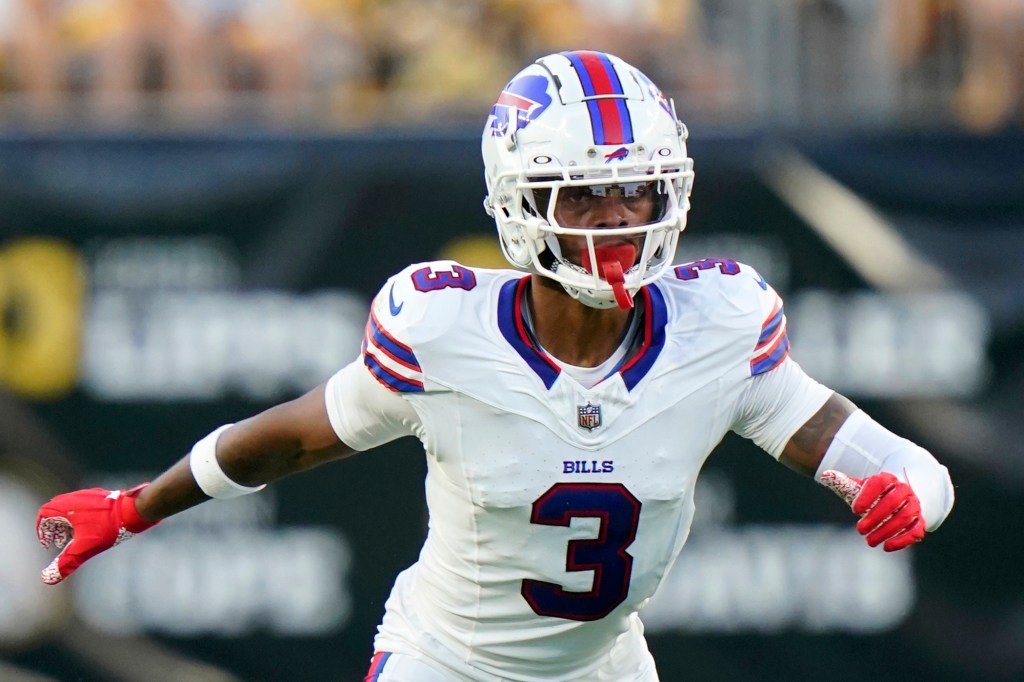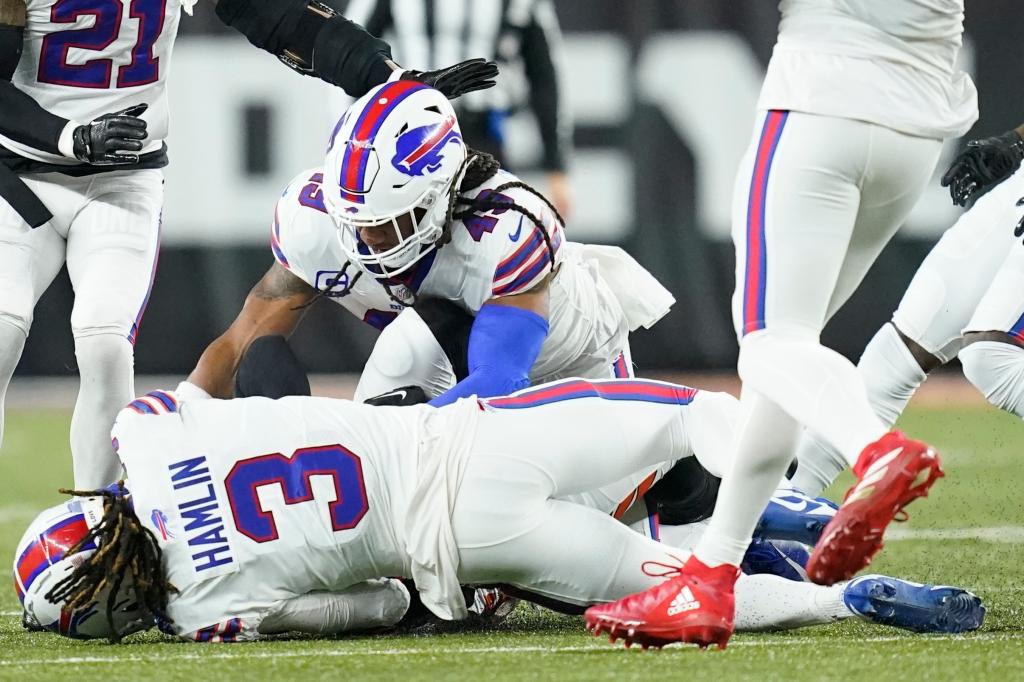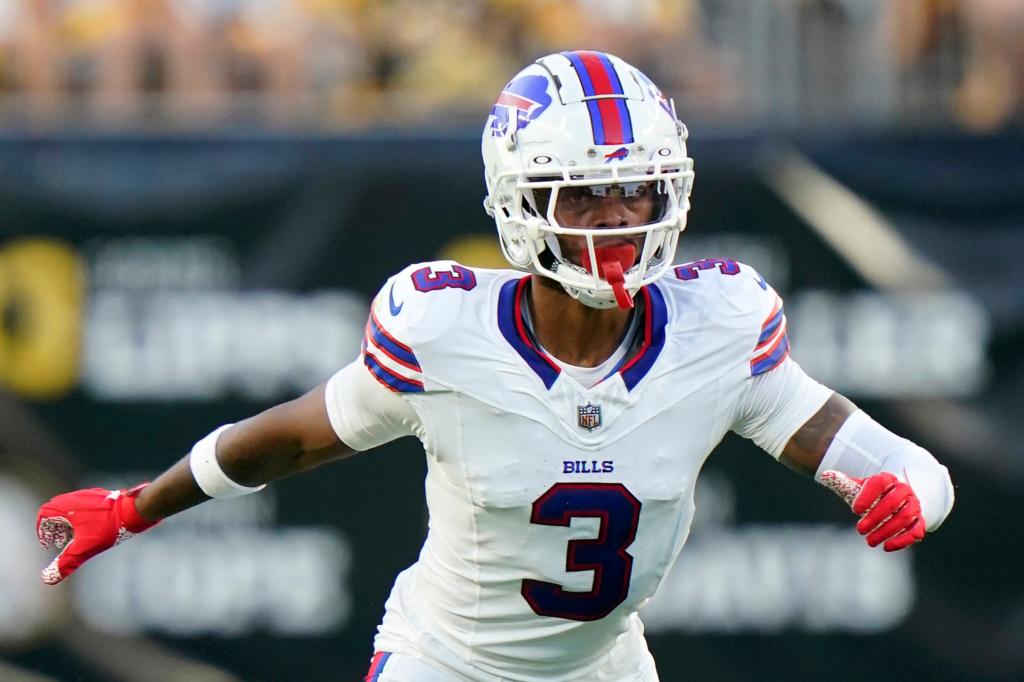When Bronny James, son of four-time NBA Champion LeBron James, suffered a sudden cardiac event in July while practicing at the University of Southern California, it reignited the curiosity surrounding sudden cardiac events and deaths of seemingly healthy young athletes.
Earlier this year, it was headline news across the world after Damar Hamlin suffered cardiac arrest following a hit to the chest on “Monday Night football.”
And on Long Island last month, a 17-year-old football player from Seldon suffered cardiac arrest during summer workout drills and later died after his family took him off life support.
Sudden cardiac arrest is the leading cause of death among young athletes, according to the National Institutes of Health, but remains somewhat rare despite the increased attention.
“Athletes are looked up to as people with perfect health, perfect cardiovascular health,” said Dr. Christopher Tanayan, who is part of Northwell Health’s Sports Cardiology Program. “So, it seems very strange and unusual for them to undergo a sudden cardiac event. But the reality is there’s truly no immunity to getting these cardiovascular events, even in high-performing athletes. There’s a lot of undiagnosed conditions that may be first diagnosed with a sudden cardiac event.”
Roughly one in 50,000 young athletes will die from sudden cardiac arrest, University of Washington Medicine’s Dr. Kimberly Harmon told The Post.
Citing statistics from the American Heart Association first released in 2007, Harmon added that one in 300 children will have a condition that can cause sudden cardiac death.
Both of those numbers have remained consistent over the years.
But the data can become a bit more complicated when you dig deeper into the numbers. Harmon conducted an extensive study of NCAA athletes who suffered sudden cardiac death and found that certain subgroups are more at risk than others.
For instance, male athletes are more susceptible than female athletes and black athletes have a higher risk than white athletes.
One in 50,000 drops to one in 38,000 when only male athletes are factored and drops again, according to Harmon, when the focus is squarely on black athletes to one in 21,000.
Basketball players have some of the highest rates at one in 9,000.
“Looking at how specific you get with the risk groups, it changes the equation a little bit,” said Harmon, who also pointed out how the numbers change depending on the NCAA division. “When we look at breast cancer, we don’t say, ‘Oh, the risk of breast cancer is one in 20,000 in men and women,’ right? Because it overestimates the risk in men and underestimates the risk in women if you do it that way. Same thing with sudden cardiac arrest.”
While James’ incident has brought this topic back to the forefront, he is far from the first athlete in the spotlight to suffer a cardiac event.
Loyola Marymount basketball player Hank Gathers collapsed twice during NCAA games during the 1989-90 season, dying from the second incident during the West Coast Conference Tournament at the age of 23.
He was discovered to have had hypertrophic cardiomyopathy, a heart-muscle disorder.
Dr. Peter Schulman from UConn Health, who works with the UConn athletic department, noted that the program had seen cardiac issues in the past, specifically mentioning a football player many years before COVID who had developed viral myocarditis and had to sit out for a season.
Heart screenings have become more commonplace for athletes at the professional and collegiate levels, and even to an extent at the high school level. There remains some debate about how to screen in the most effective way.
Schulman told The Post that UConn recently instituted a policy that certain athletes, such as football and hockey players, all undergo an electrocardiogram. He also mentioned that the frequency of electrocardiograms and ultrasounds of the heart has increased for screening athletes.
“It’s hard to screen out,” Schulman said. “You can do a lot of normal screening and it’s really hard to predict.”
All three cardiologists The Post spoke with agreed that screening is far from universal and that even with the proper screening, some issues can go undetected. And the debate among doctors extends to the use of electrocardiograms.
Harmon said she was an advocate for screening with ECGs because they can find “two-thirds to three-quarters” of issues in athletes. However, there is a concern about false positives and correctly understanding what the ECG results are.
“The field of sports cardiology, it has evolved into becoming more not just sensitive, but also specific when it comes to diagnosing someone with an abnormal ECG,” Tanayan said. “There is a difference between someone who sees athlete ECGs a lot versus a cardiologist who does not see athlete ECGs a lot.”
But the issue goes beyond just the testing, and the biggest preventative measure is having the right tools and personnel on hand when a cardiac event does occur.
“Certainly over the last decade or two, there’s been just a big push to developing emergency action plans and having [an] AED [automatic external defibrillator] available,” Harmon said. “The likelihood of whether you survive sudden cardiac arrest is whether it’s witnessed, whether there’s an AED present and if there’s an athletic trainer present, you’re more likely to survive. So when you’re a college athlete and that happens at practice with an athletic trainer present, your chances are pretty good that you’re going to survive that.”







